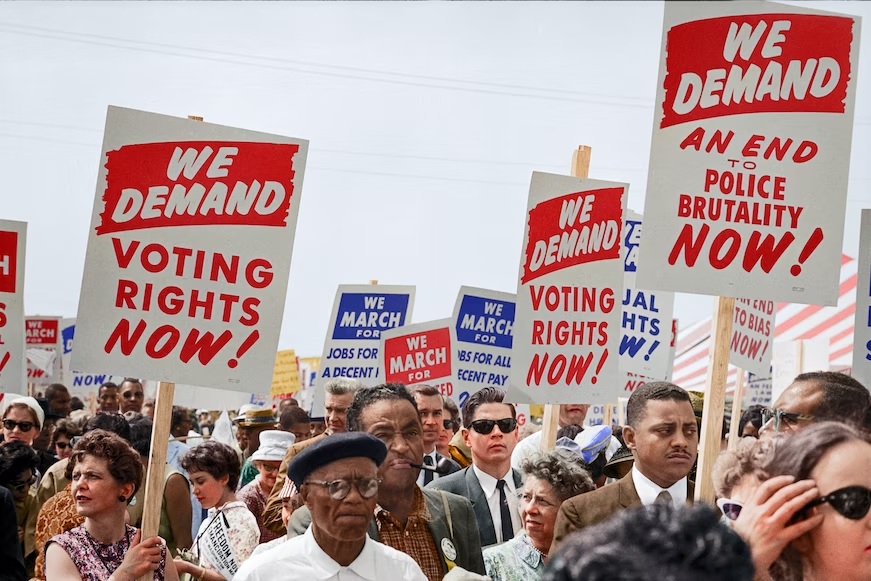
Hi everyone, it’s almost Halloween, and the NonprofitAF Scary Story Contest closes this Thursday! Write (or record) and submit a story of up to 250 words, by 11:59pm on 10/27. 10 winners will have their stories published here next week. If you need inspiration, here are some stories; beware, they are very scary (one involves someone who REMOVES Oxford Commas!)
I know I criticize our sector a lot (and more is coming!). But there are amazing things going on, and I am really grateful for the organizations and leaders who are doing awesome stuff. Recently in my state, the Washington Women’s Foundation released a grant to provide $100,000 each to 10 Black women working in nonprofit in Washington State, with the expressed purpose of funding their rest and renewal. This is mind-blowing! The approach is thoughtful, recognizing the burdens Black women have carried in our sector and trusting Black women to know what’s best for themselves.
Continue reading →




